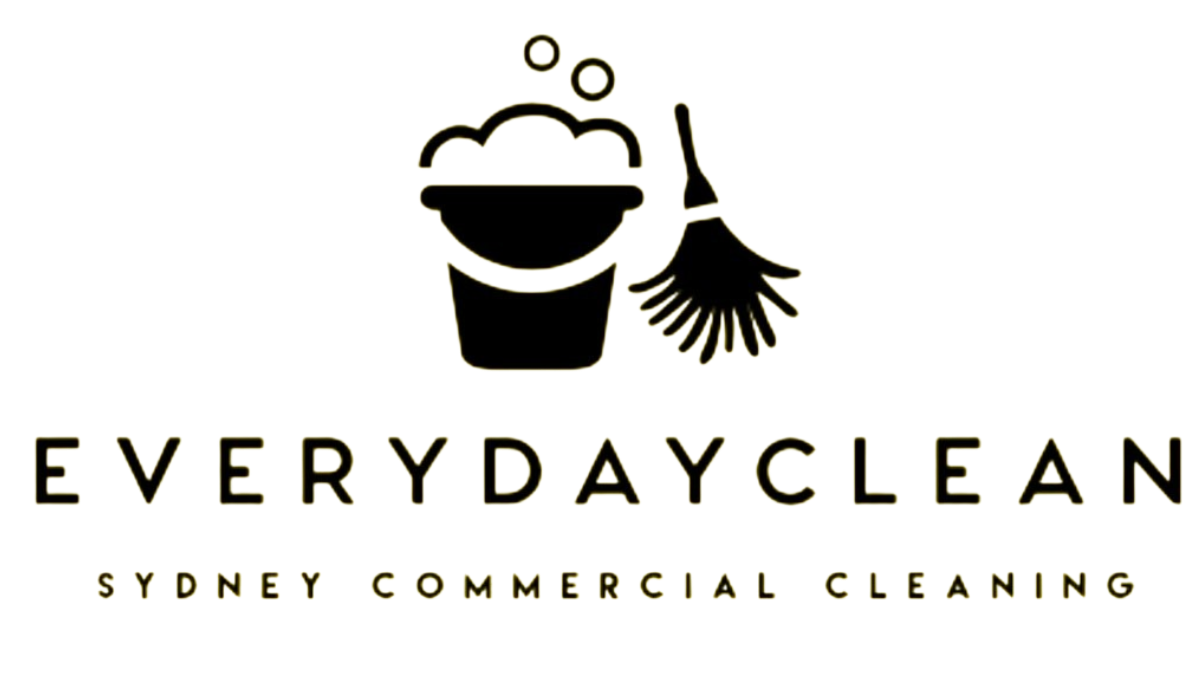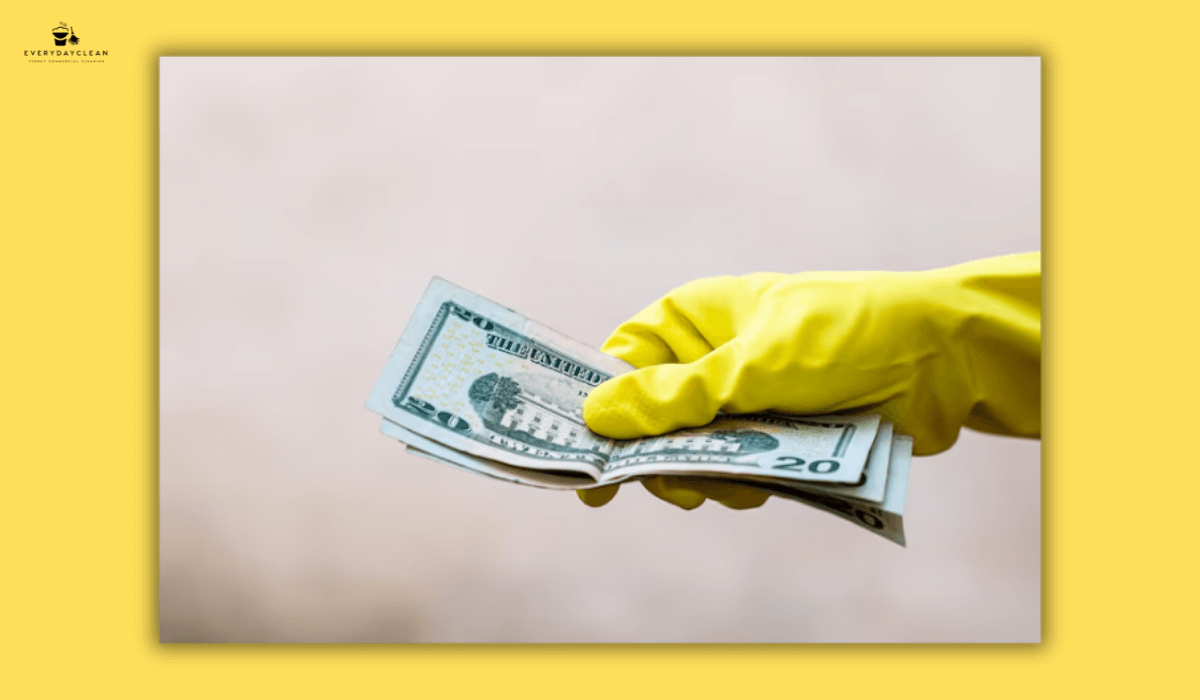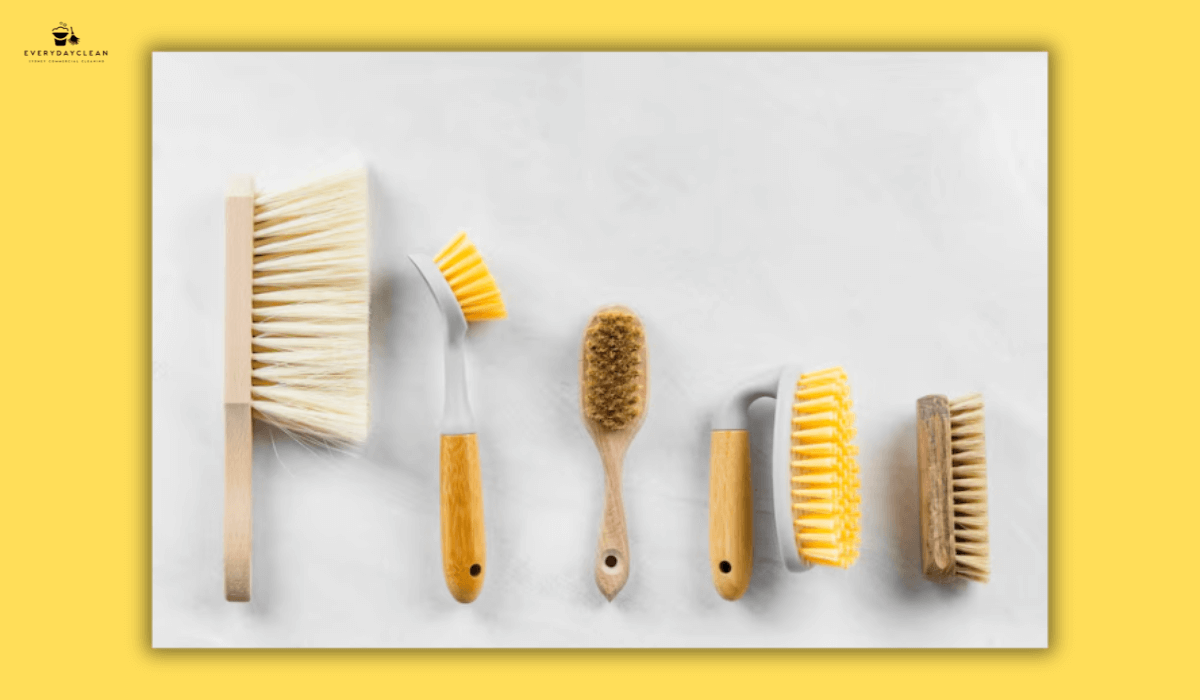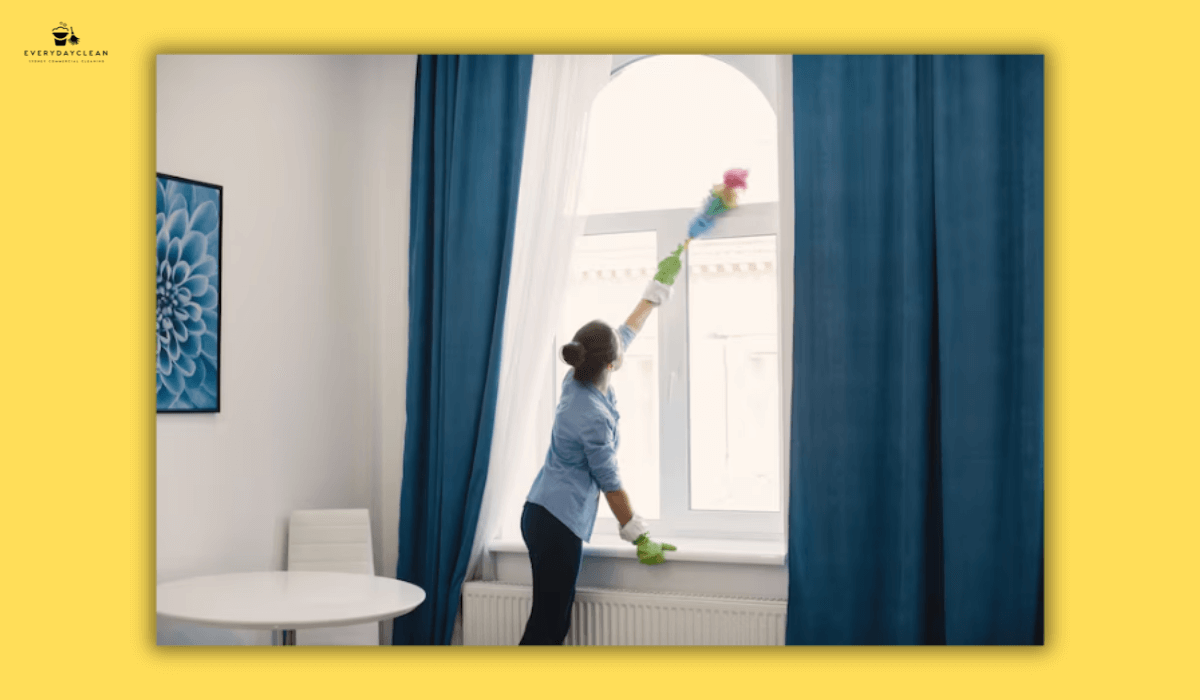How to Eliminate Allergens in the Home: Cleaning Tips
Keeping your home free from unwanted particles like dust, debris, pet hair, and pollen residue isn’t just about appearances—it’s about maintaining comfort and cleanliness across every surface. While some airborne contaminants are invisible, their presence can often be felt through stale air, visible dust buildup, or a space that just doesn’t feel clean no matter how often you tidy up.
This guide unpacks how to eliminate allergens in the home using clear, surface-focused cleaning strategies. Without diving into health-related topics, we focus on what cleaning can realistically achieve: fresher air, visibly cleaner surfaces, and a more welcoming indoor environment.
Regular Dust Management: A Critical First Step
Reducing airborne particles begins with surface management. Dust accumulation is one of the biggest culprits behind a home that feels stuffy or unclean, even shortly after cleaning.
Use Microfibre Over Traditional Cloths
Dry dusters often just move particles around. Instead:
- Use slightly damp microfibre cloths to trap and remove dust from shelves, baseboards, and hard surfaces.
- Avoid feather dusters, which tend to push particles back into the air.
Clean High-to-Low
Begin with higher surfaces like ceiling fans, curtain rods, and top shelves, then work your way down. This prevents re-contaminating areas you’ve already cleaned.
Pay Attention to Hidden Zones
Regularly clean behind appliances, under furniture, and inside vents where particles collect unnoticed. A monthly schedule for these areas can dramatically improve your overall dust control.
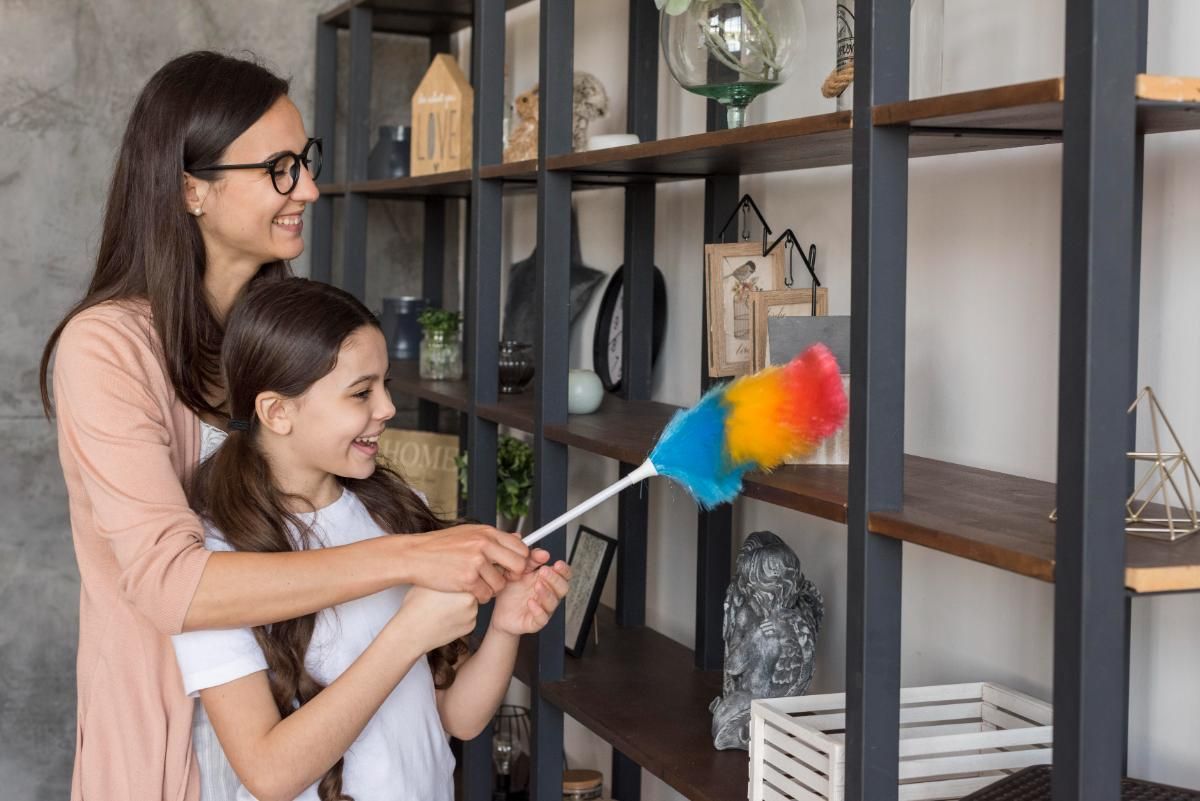
Smart Air Circulation and Filtration Practices
Eliminating particles from surfaces is important, but airborne dust and debris require attention, too.
Maintain Filters in Household Systems
Whether it's your vacuum cleaner, air conditioner, or range hood, clogged filters re-circulate dust and hinder performance. Replace or clean these filters every 2–3 months for optimal airflow.
Consider HEPA-Compatible Tools
High-Efficiency Particulate Air (HEPA) filters are especially effective in vacuums and air purifiers, capturing fine particles such as residual dust or outdoor debris that finds its way inside.
Use Ventilation Wisely
Whenever the weather permits, open windows to flush out stagnant indoor air. This simple practice supports the work your filter systems are already doing.
Soft Furnishing Care: Where Dust Likes to Settle
Fabric-based items in your home act like filters themselves—capturing dust and debris over time if not maintained.
Refresh Upholstery Routinely
Vacuum fabric lounges and cushions weekly using upholstery tools. For removable covers, wash them monthly. This not only keeps them visibly clean but also limits unseen dust accumulation.
Regular Bedding Rotation
Change and wash sheets and pillowcases in warm water weekly. Shake and sun-dry pillows and comforters if possible to release trapped particles.
Choose Washable Fabrics Where Possible
Opt for washable curtains, cushion covers, and throws to simplify deep-cleaning cycles and reduce dust retention.
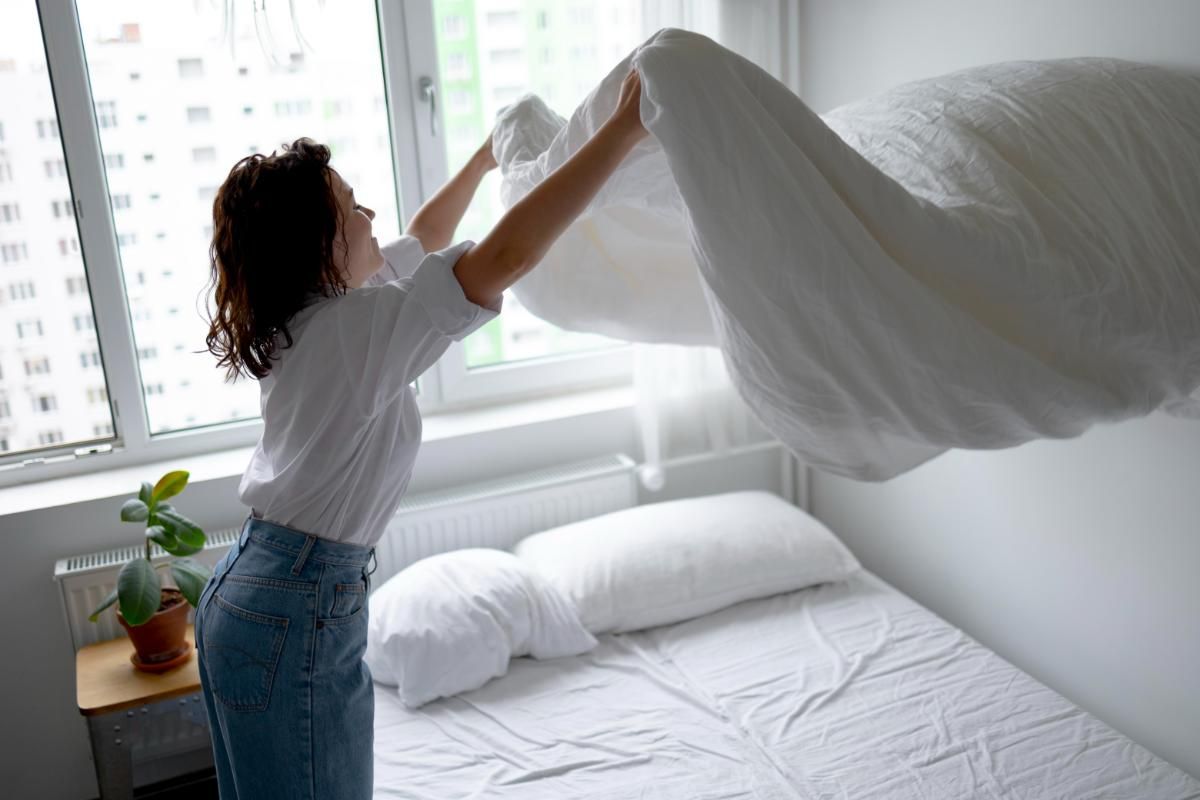
Flooring and Carpets: Ground Zero for Particle Build-Up
Flooring tends to collect the most particulate matter due to foot traffic and gravity. Managing this area well is key to any allergen-reduction strategy.
Vacuum Frequently
Use a vacuum with a sealed system and HEPA filtration, especially for carpets and rugs. Vacuum at least twice a week—more in high-traffic areas.
Hard Flooring Benefits
Tiles, timber, vinyl, and laminate are easier to maintain than carpeted floors. If you’re renovating, consider switching to these materials for better particle control.
Don't Forget Entryways
Shake out entry mats regularly and mop hard flooring to prevent outdoor contaminants from spreading throughout the home.
This flooring care strategy is part of what makes our approach at Everyday Clean’s commercial cleaning highly effective across homes, offices, and facilities with high foot traffic.
Moisture Control and Mould Prevention
While we won’t make health claims about mould, it’s well known for producing unwanted smells and visible staining—two things no one wants in their home.
Monitor Indoor Humidity
Use dehumidifiers in areas prone to dampness, such as bathrooms and laundry rooms. Ideal humidity levels for most homes fall between 30% and 50%.
Use Exhaust Fans and Natural Airflow
After hot showers or laundry cycles, run your exhaust fans or crack a window. This keeps moisture levels down and discourages residue build-up on walls and ceilings.
Clean Damp Zones Regularly
Surfaces in bathrooms, laundry areas, and around windows should be cleaned weekly with suitable cleaning agents that help prevent grime build-up. Replace any visible mouldy sealant or grout promptly.
Routine + Deep Cleaning: A Balanced Strategy
Maintaining a low-particle home isn’t just about how often you clean—it’s about how strategically you do it.
- Combine frequent light cleans with occasional deep cleans for areas like under furniture, behind large appliances, or ceiling vents.
- Rotate tasks throughout the month to keep the workload manageable.
Need support with consistent, expert-level results? Our team at Everyday Clean is trusted by Sydney homeowners and businesses for reliable, eco-conscious service.
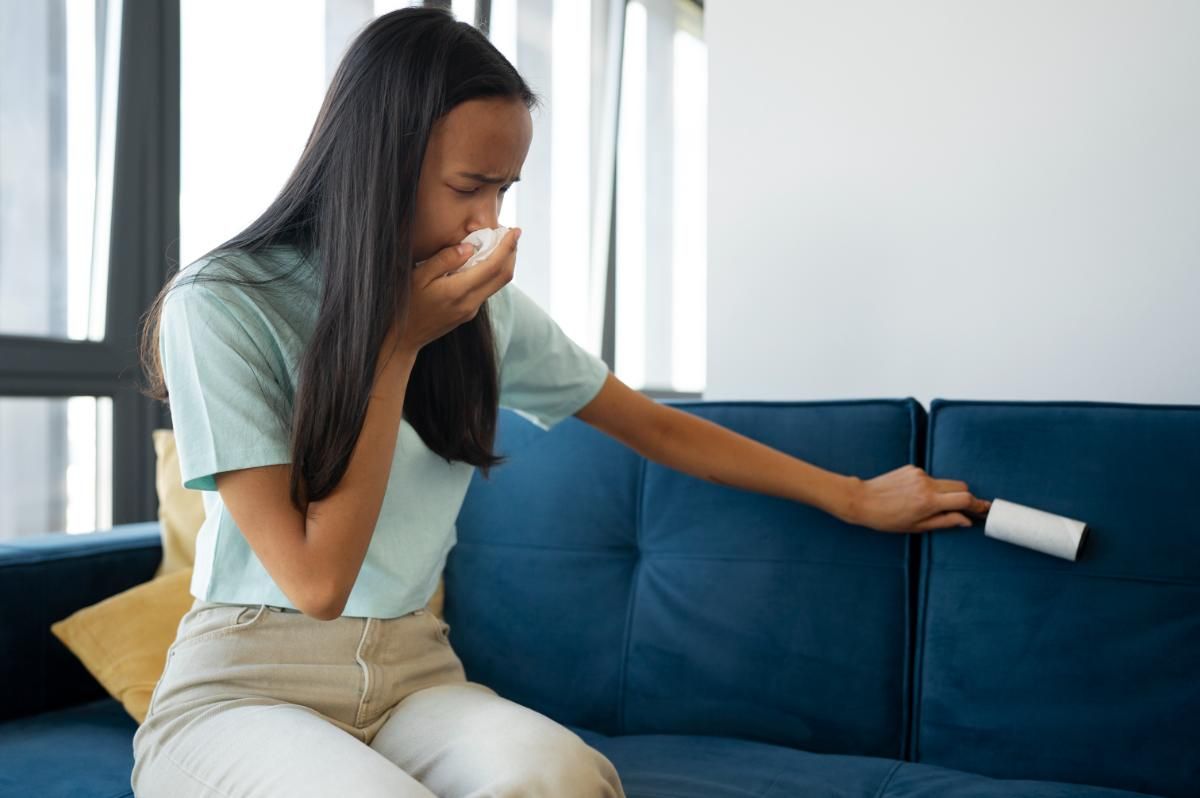
Final Thoughts: How to Eliminate Allergens in the Home Without Overwhelm
The journey to a visibly cleaner, more breathable indoor space doesn’t have to involve guesswork or endless chores. It comes down to a well-structured routine:
- Prioritise surface dusting with the right tools
- Maintain air and vacuum filters regularly
- Refresh upholstery and bedding on a schedule
- Vacuum and mop floors frequently
- Prevent excess moisture through ventilation and maintenance
With a few consistent habits, your home can feel fresher, cleaner, and easier to manage year-round. For tailored support, Everyday Clean offers customised services that target the areas that matter most.
Ready to refresh your home?
Contact Everyday Clean today and book a surface-focused deep clean that supports your comfort, cleanliness, and peace of mind.
FAQs About How to Eliminate Allergens in the Home
What is the best way to reduce dust build-up indoors?
Using microfibre cloths, vacuuming with a HEPA-filter vacuum, and regularly cleaning hidden areas like behind appliances are all effective dust reduction methods.
Do carpets hold more allergens than hard floors?
Yes, carpets tend to trap more dust and debris than tile, vinyl, or hardwood flooring. Regular vacuuming and deep cleaning are essential if you have carpets.
How often should air filters be changed in a home?
Most HVAC or vacuum filters should be replaced or cleaned every 2–3 months, or more frequently in high-use environments.
What cleaning products are best for reducing indoor dust?
Opt for neutral-pH, non-toxic surface cleaners and use damp microfibre cloths to prevent dust particles from becoming airborne.
Can professional cleaners help with indoor air freshness?
Yes. While they don’t alter air quality directly, professional cleaning services remove dust and buildup from hard-to-reach areas, improving overall indoor comfort.
Author: Everyday Clean Content Team
Everyday Clean is Sydney’s trusted provider of professional office, strata, and commercial cleaning services. Our licensed and insured team helps workplaces maintain top hygiene standards with eco-friendly products and proven cleaning systems. With years of experience supporting Sydney businesses, Everyday Clean shares expert tips, real case studies, and practical advice to keep your workplace safe, compliant, and welcoming.
